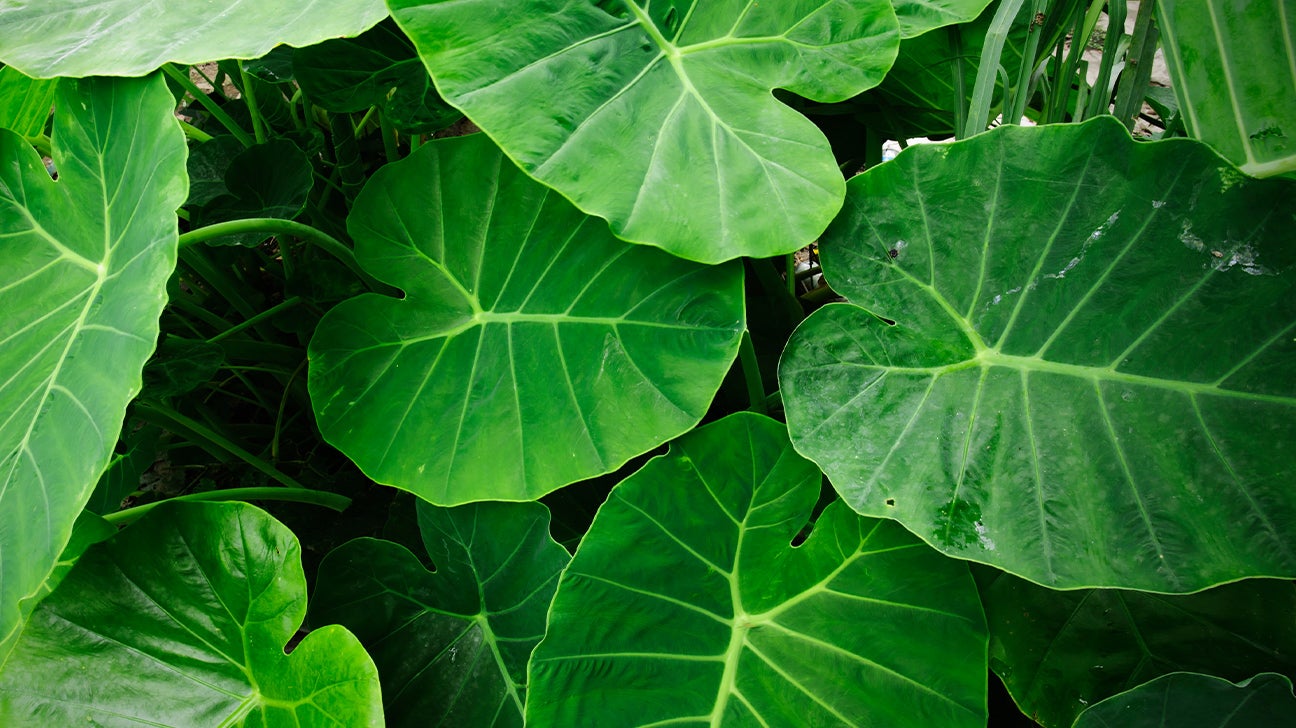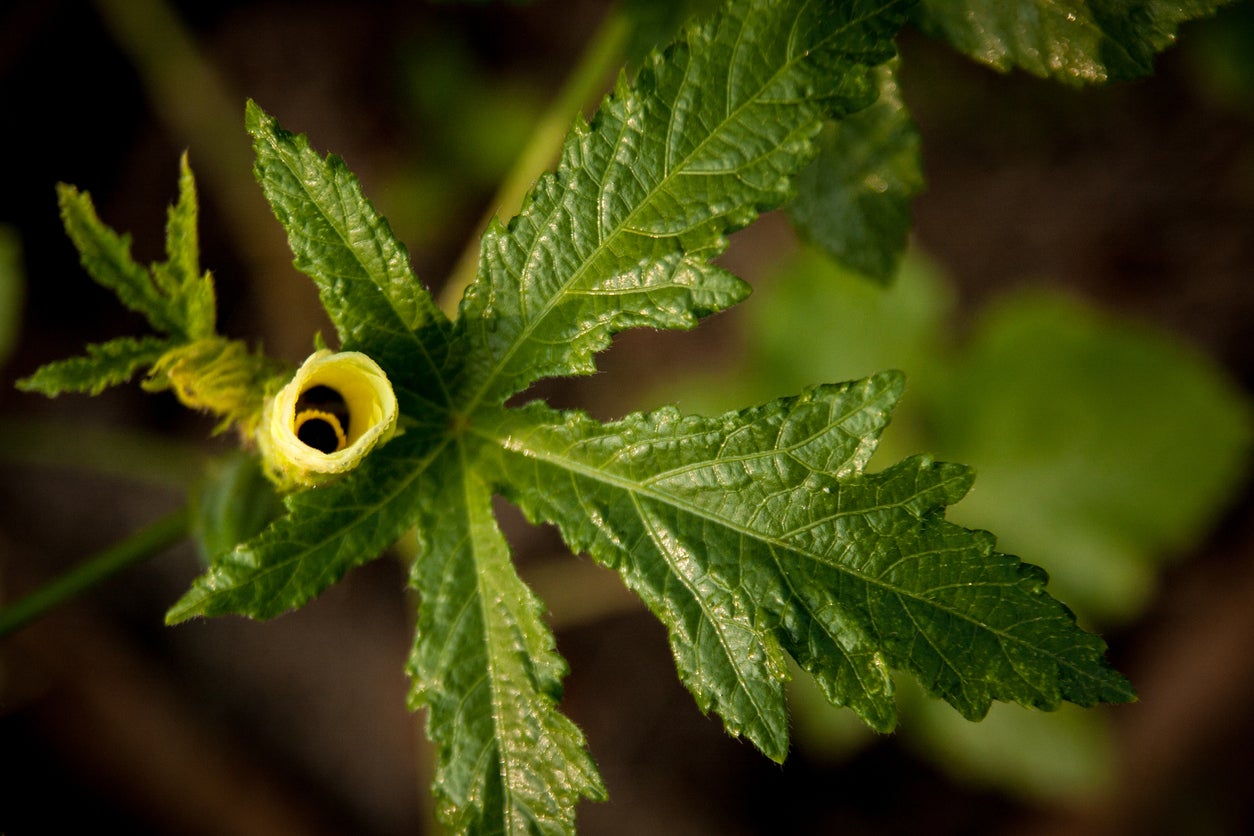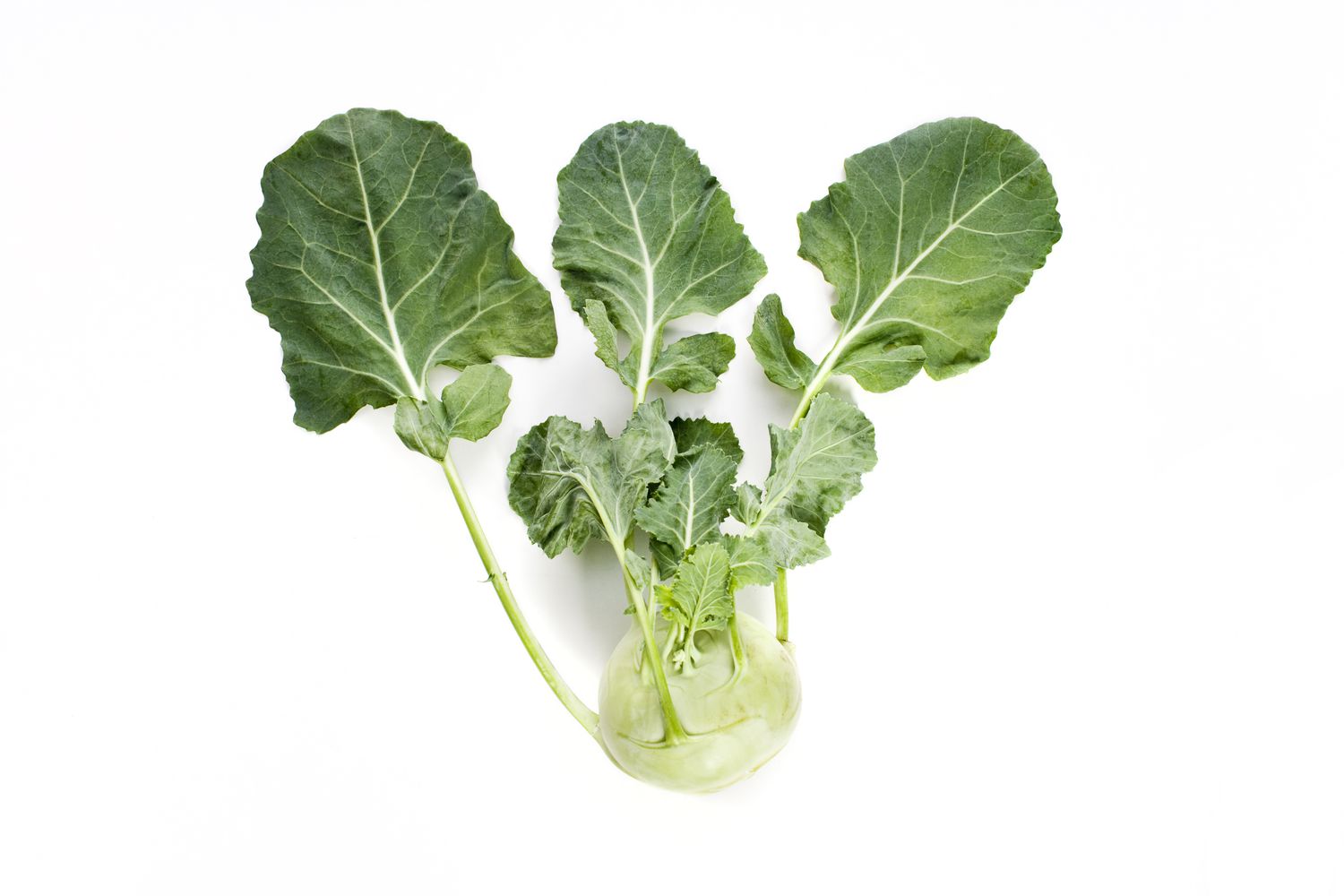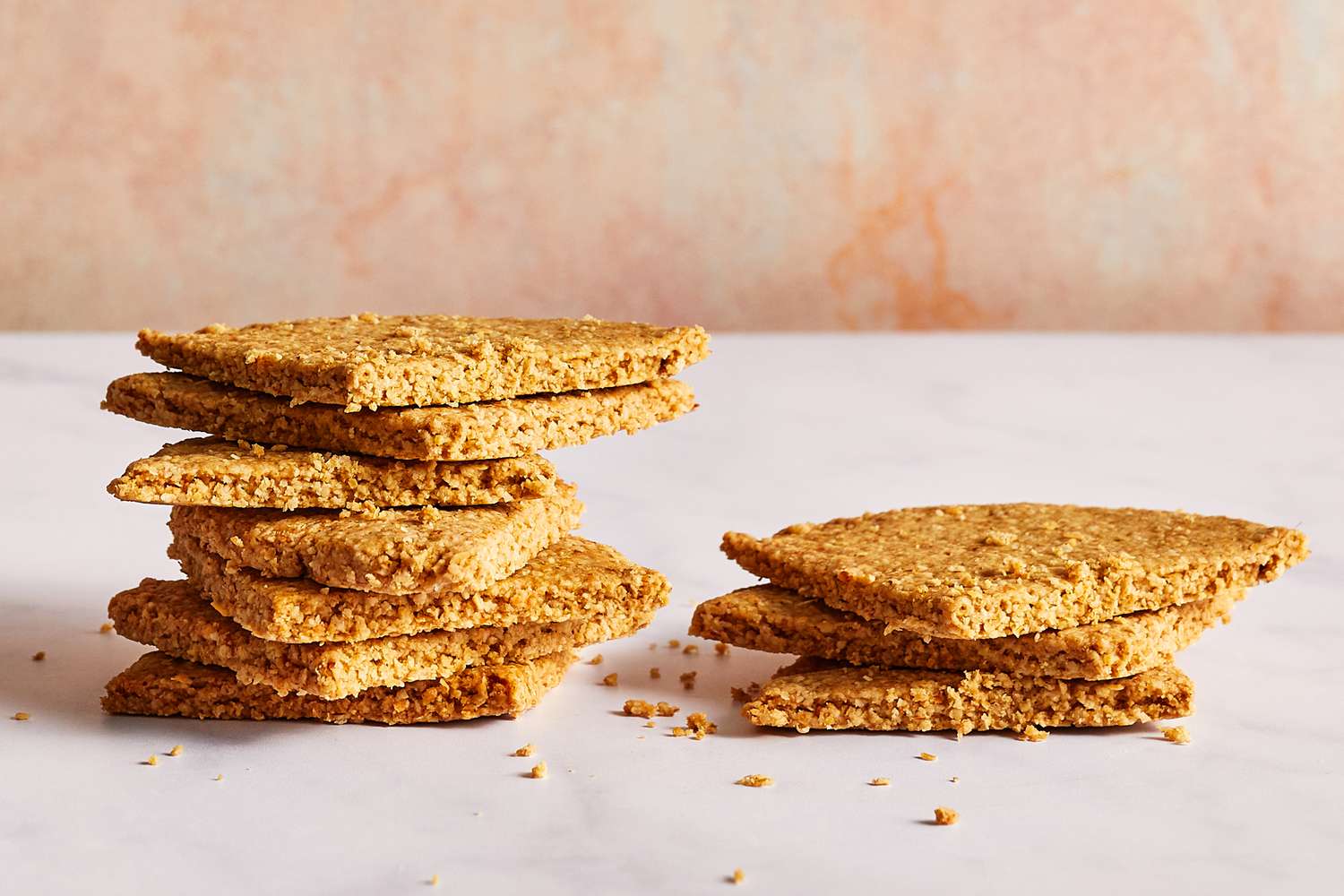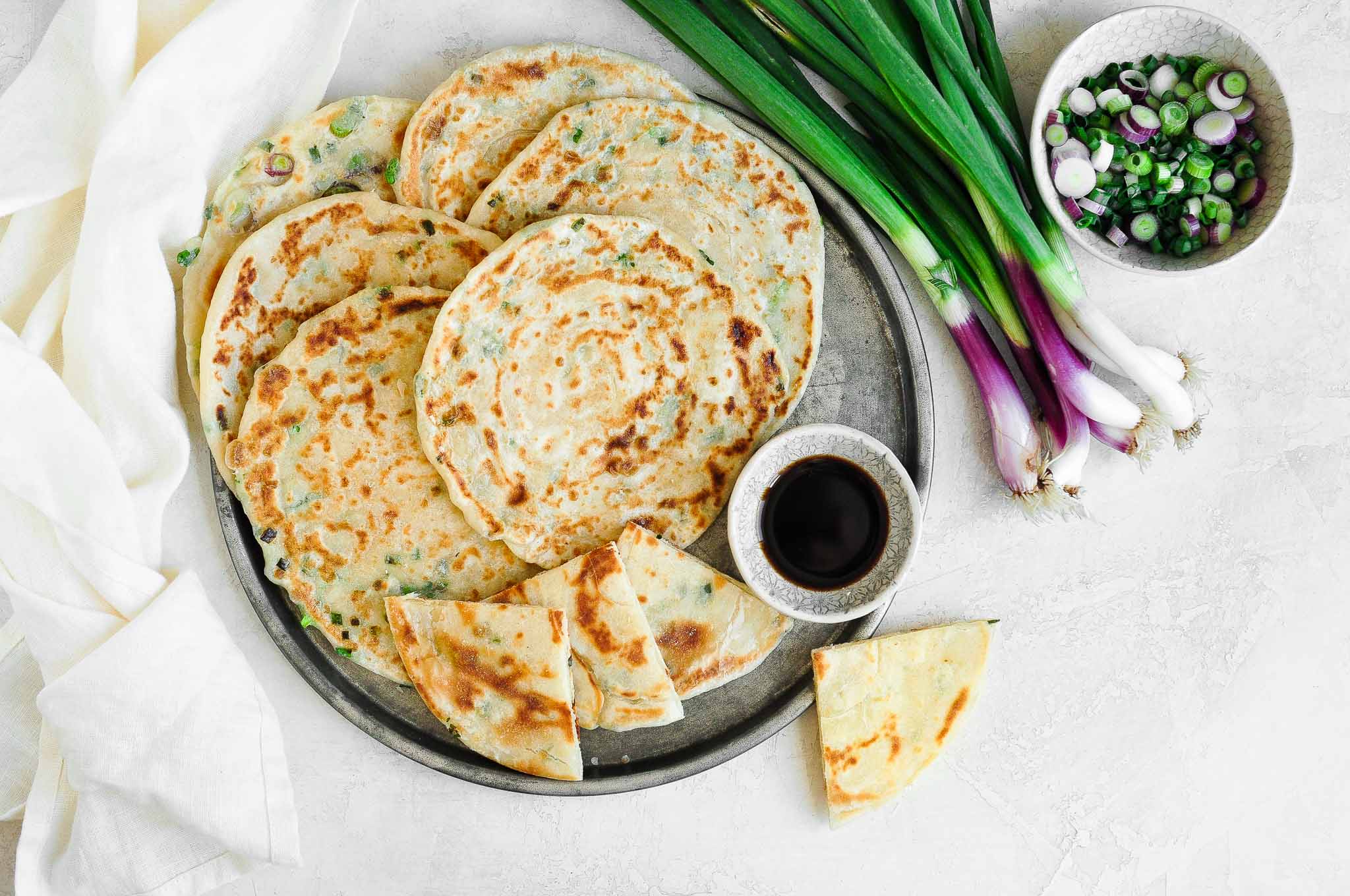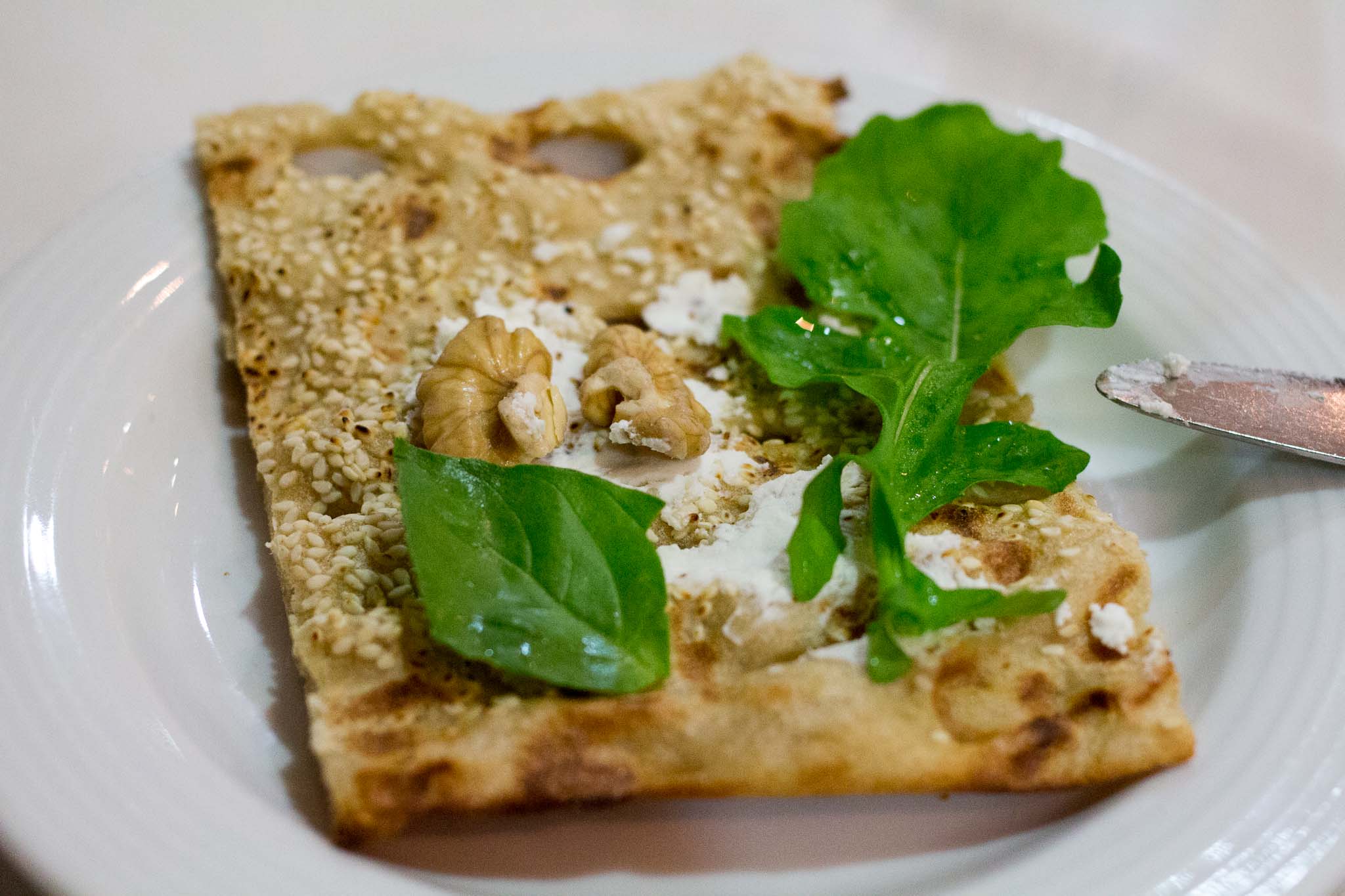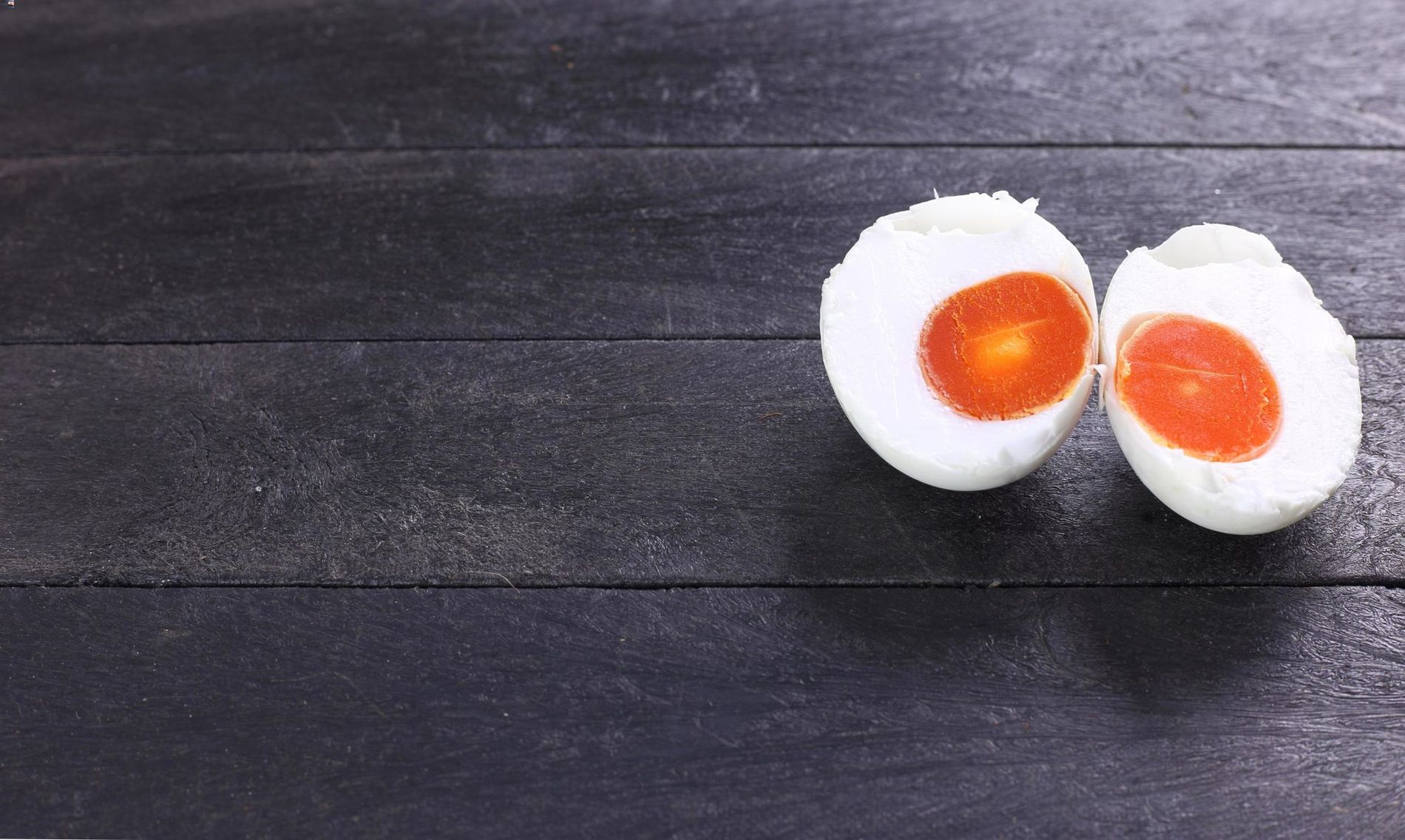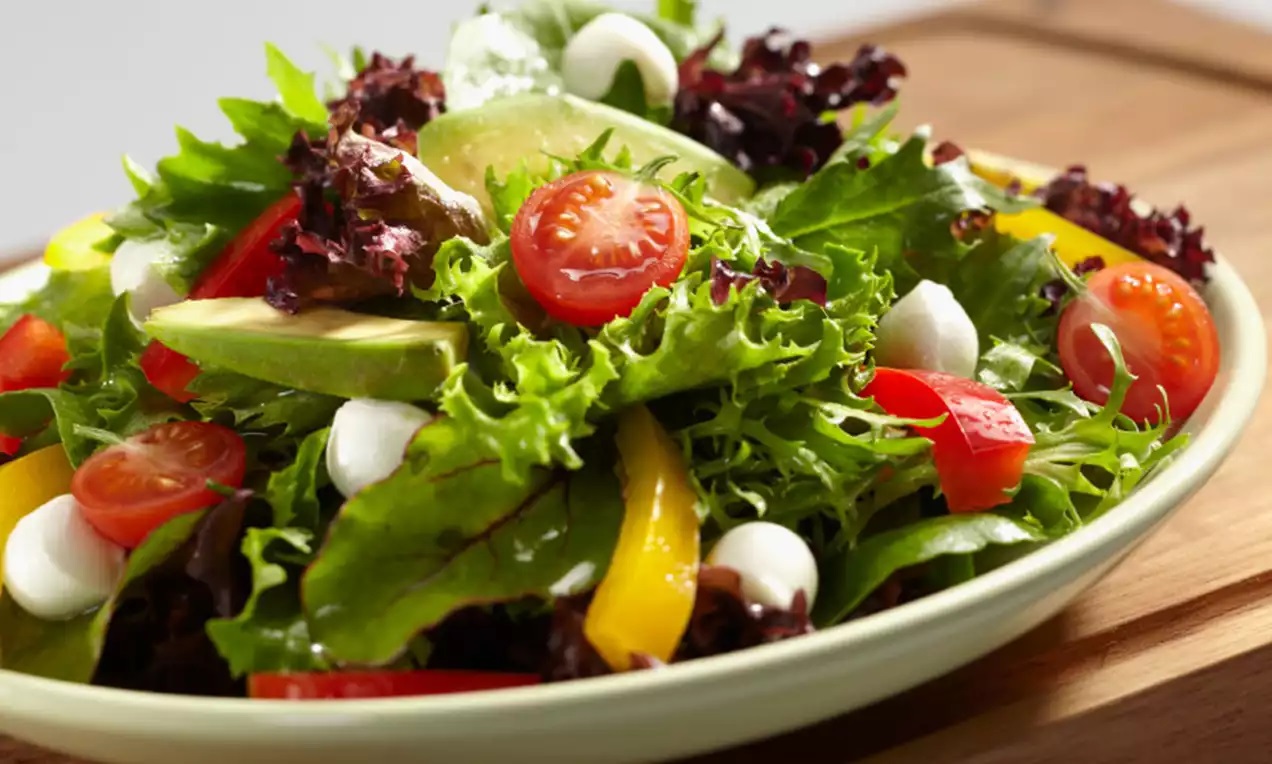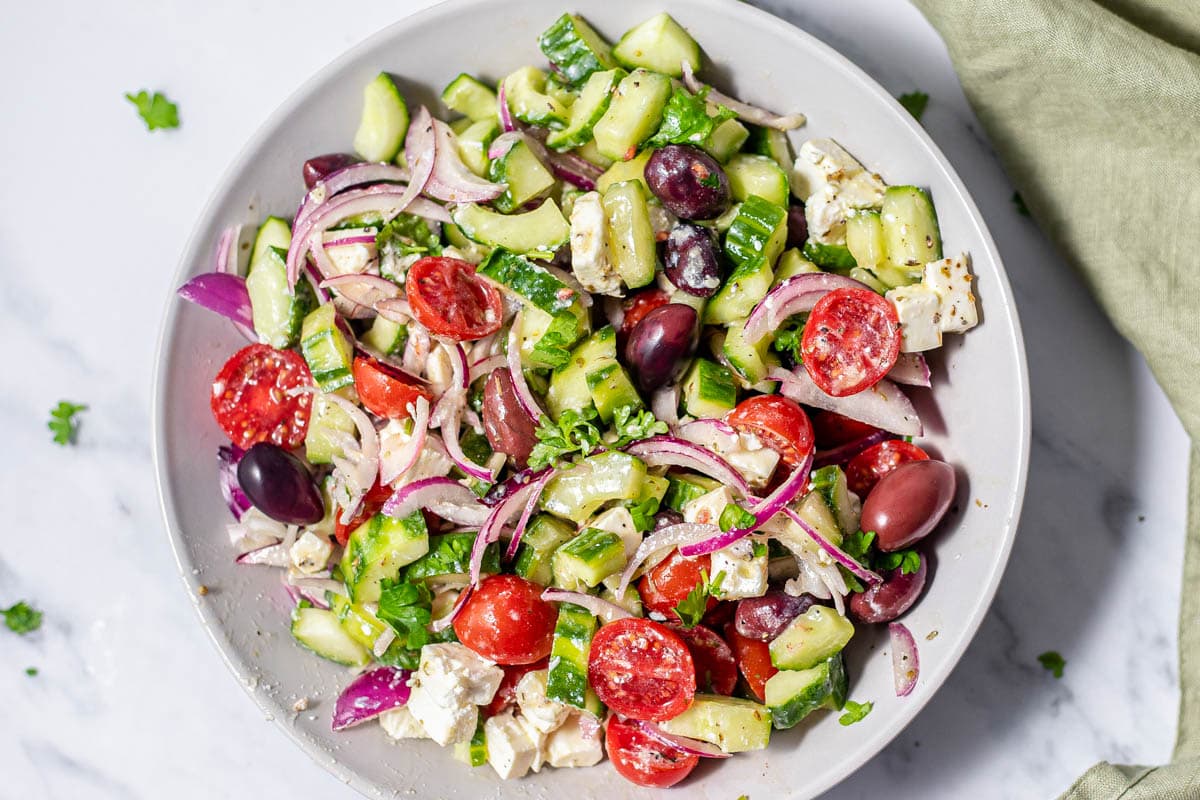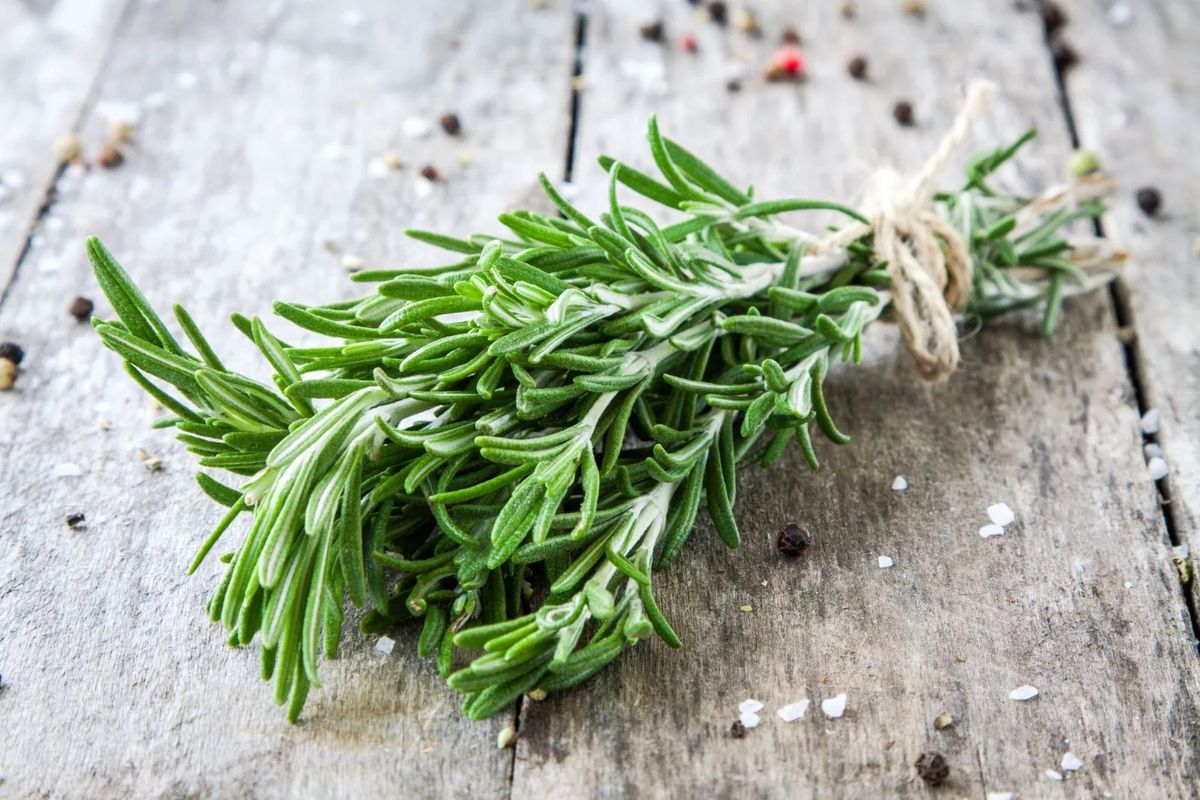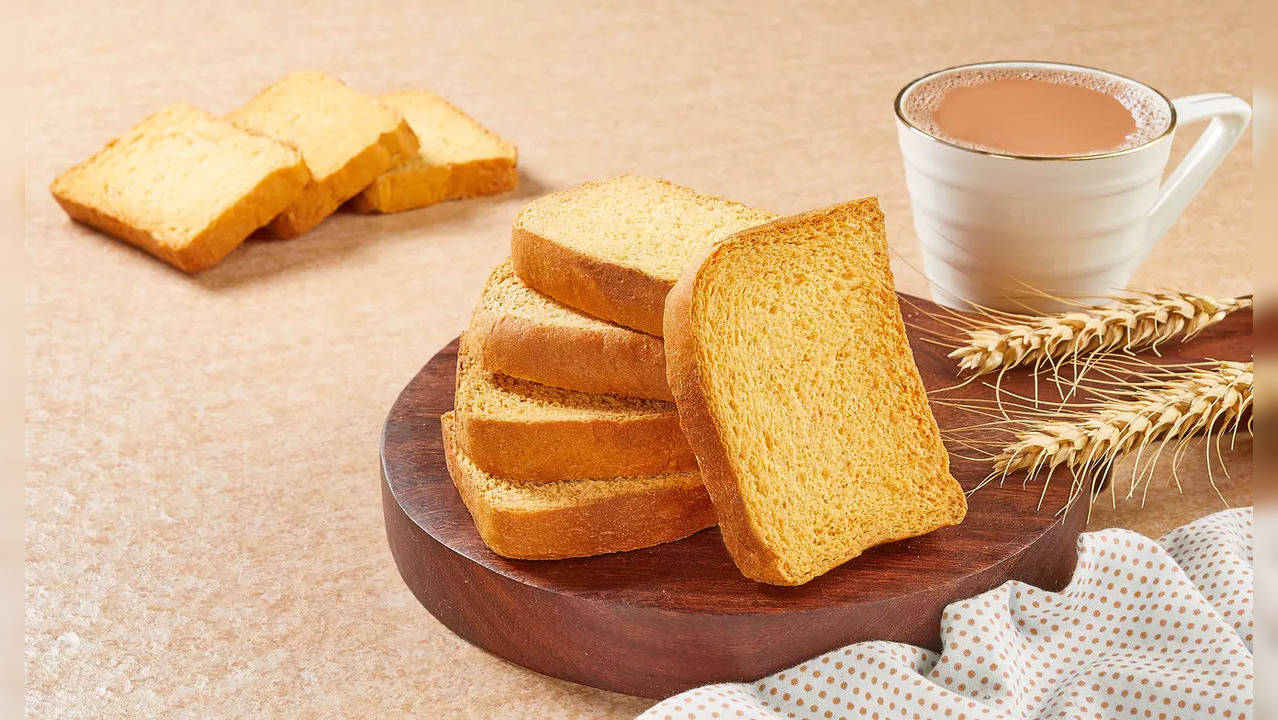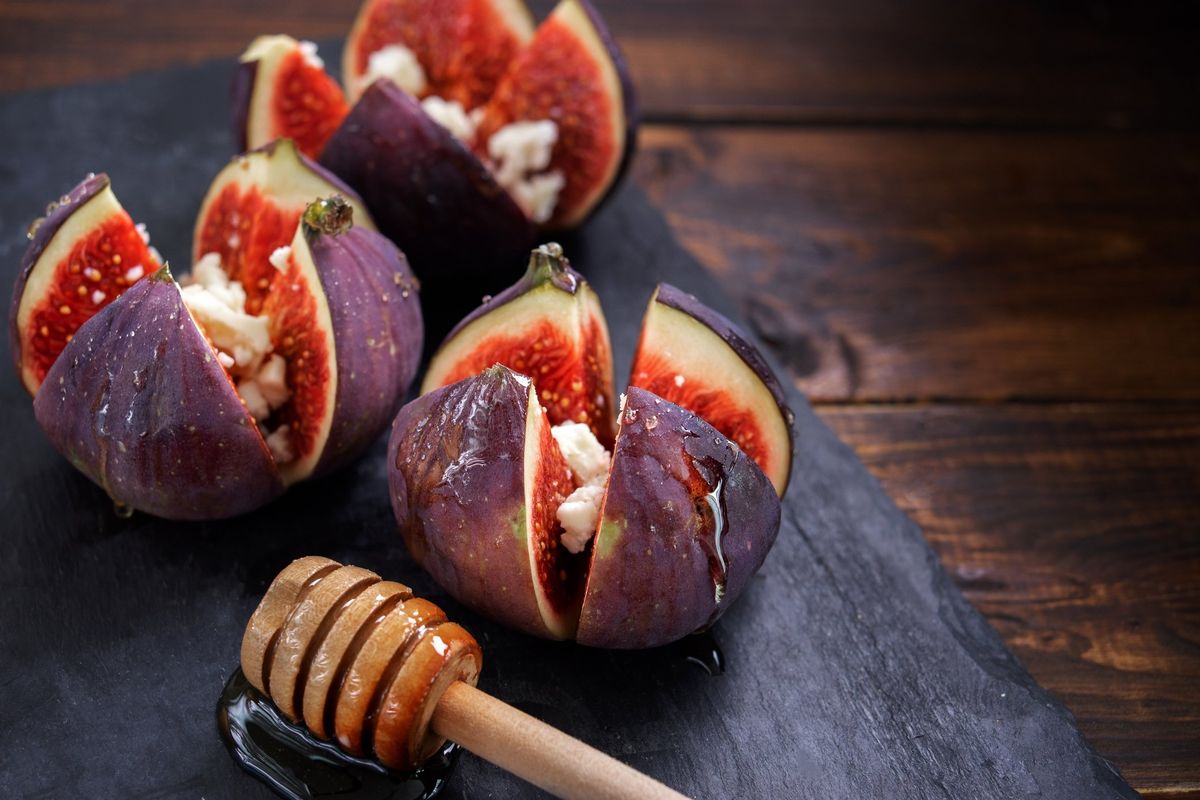Discovering the Delightful World of Sesame Leaves
When it comes to exploring new flavors and textures, sesame leaves are a delightful addition to any culinary adventure. These vibrant green leaves, also known as perilla leaves, are commonly used in Asian cuisine and offer a unique combination of earthy, nutty, and slightly minty flavors. Whether you’re a seasoned food enthusiast or just starting to explore the world of exotic ingredients, learning how to eat sesame leaves can open up a world of delicious possibilities.
Understanding Sesame Leaves
Before diving into the various ways to enjoy sesame leaves, it’s important to understand their characteristics and culinary uses. Sesame leaves are rich in vitamins and minerals, making them not only a flavorful addition to meals but also a nutritious one. These leaves are commonly used in Korean, Japanese, and Vietnamese cuisine, where they are prized for their distinct flavor and aromatic qualities.
Ways to Enjoy Sesame Leaves
There are several ways to incorporate sesame leaves into your culinary repertoire, each offering a unique and delightful dining experience. Here are some popular methods for enjoying sesame leaves:
- Raw: Sesame leaves can be enjoyed raw, adding a fresh and herbaceous element to salads, wraps, and sandwiches. Their tender texture and slightly peppery flavor make them a versatile ingredient for raw preparations.
- Marinated: Marinating sesame leaves in a mixture of soy sauce, sesame oil, and other seasonings can infuse them with savory, umami-rich flavors. Marinated sesame leaves can be enjoyed on their own or used as a flavorful topping for rice dishes and noodle bowls.
- Stir-Fried: Stir-frying sesame leaves with garlic, ginger, and other aromatic ingredients can create a delicious side dish or accompaniment to grilled meats and seafood. The heat of the stir-fry process helps to mellow the leaves’ flavor while retaining their vibrant color and nutritional benefits.
- Tempura: Coating sesame leaves in a light, crispy tempura batter and frying them until golden brown creates a delightful appetizer or snack. The contrast between the crunchy exterior and the tender, aromatic leaves makes tempura sesame leaves a popular choice in Japanese cuisine.
Pairing Sesame Leaves with Complementary Flavors
When incorporating sesame leaves into your meals, it’s important to consider the flavors and ingredients that pair well with their unique taste profile. Here are some suggestions for pairing sesame leaves with complementary flavors:
- Seafood: The slightly minty and herbaceous notes of sesame leaves complement the delicate flavors of seafood, making them an excellent choice for accompanying dishes such as grilled fish or shrimp.
- Citrus: The nutty and earthy flavors of sesame leaves can be enhanced by the bright, zesty notes of citrus fruits such as lime or yuzu. Consider incorporating a squeeze of citrus juice into dishes featuring sesame leaves for a refreshing burst of flavor.
- Spicy Ingredients: Sesame leaves can provide a cooling contrast to spicy ingredients such as chili peppers or hot sauces. Their refreshing qualities can help balance the heat of spicy dishes, creating a harmonious flavor experience.
Exploring the Versatility of Sesame Leaves
Whether you choose to enjoy sesame leaves raw in a salad, marinated in a savory sauce, stir-fried to perfection, or transformed into crispy tempura, their versatility and unique flavor profile make them a valuable addition to any culinary repertoire. By experimenting with different cooking methods and flavor pairings, you can unlock the full potential of sesame leaves and elevate your dining experiences with their delightful presence.
So, the next time you come across a bunch of vibrant green sesame leaves at the market, don’t hesitate to bring them home and embark on a culinary adventure. With a bit of creativity and an open mind, you can savor the delightful flavors and textures that sesame leaves have to offer.
